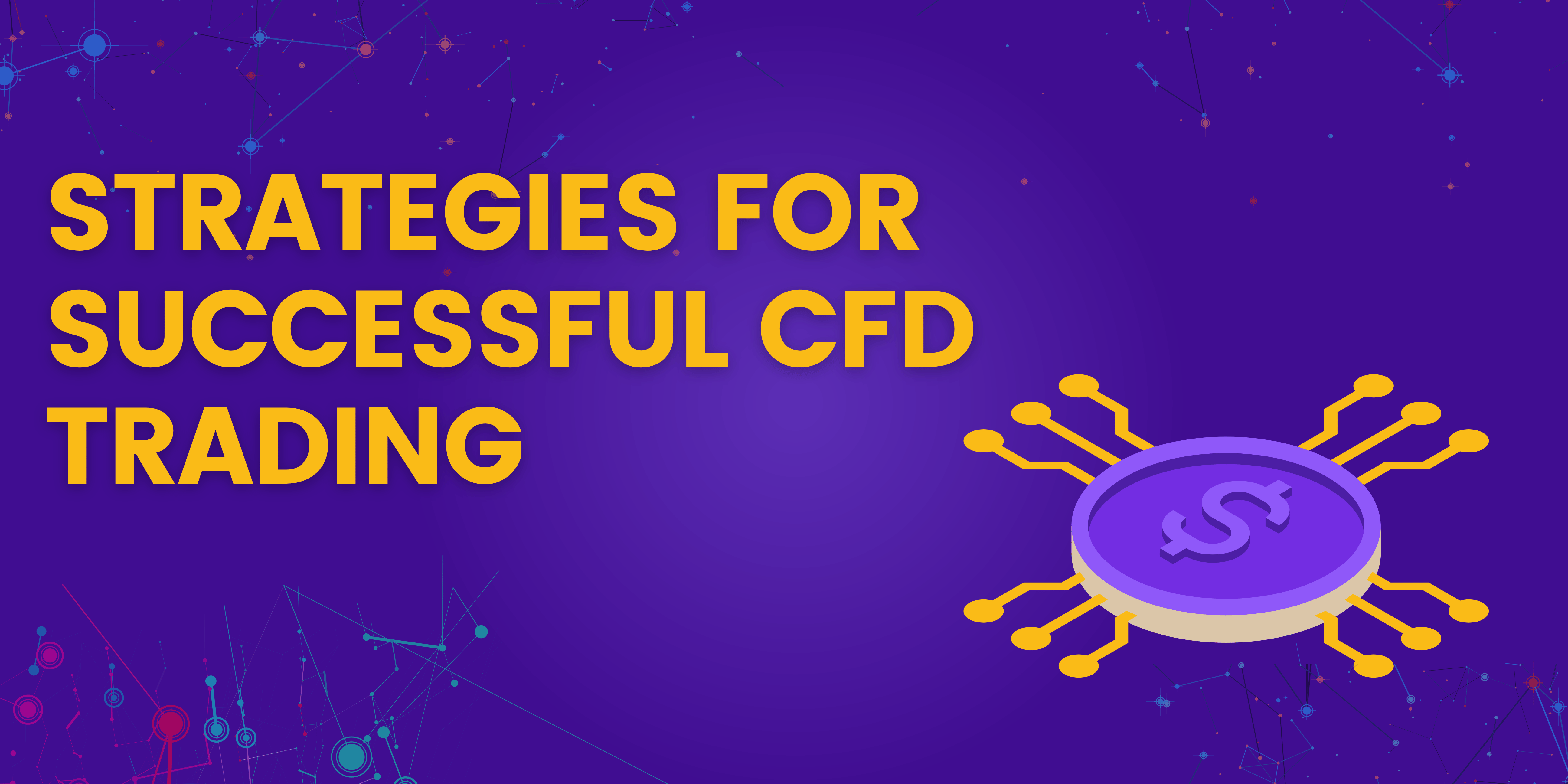CFD (Contract for Difference) trading can be an exciting way to enter the financial markets, offering flexibility and access to a wide range of assets. However, like any trading method, success depends on having a solid strategy in place. If you’re looking to up your trading game, these top 10 CFD trading strategies will set you on the right path.
Whether you’re a beginner learning the ropes or an experienced trader refining your techniques, these tips are designed to be practical, actionable, and easy to understand.
1. Understand the Basics of CFDs
Before jumping into CFD trading, make sure you understand what it is. CFDs are derivative products that allow you to speculate on the price movements of an asset without owning it. Whether it’s stocks, forex, commodities, or indices, you can profit from both rising and falling markets. Knowing how CFDs work, including leverage and margin, is crucial to avoid unnecessary risks.
2. Start with a Demo Account
If you’re new to CFD trading, a demo account is your best friend. It lets you trade with virtual money in real market conditions. This is a safe way to test different strategies without risking your hard-earned cash. Many platforms, including FxTradeElite, offer demo accounts to help beginners get comfortable.
3. Set a Clear Trading Plan
A trading plan is your roadmap. It should outline:
Your trading goals (short-term or long-term).
The amount of money you are prepared to risk.
Entry and exit points for trades.
Risk management strategies. Follow this plan regardless of market conditions. Consistency is key.
4. Master Risk Management
Managing your risk is essential in CFD trading. One popular rule is the 1% rule, where you never risk more than 1% of your trading account on a single trade. To reduce possible losses and safeguard your capital, use tools such as stop-loss orders. Keep in mind that protecting your capital is equally as crucial as turning a profit.
5. Leverage Wisely
Leverage is a double-edged sword in CFD trading. Your potential gains are increased, but your losses are also increased. Do not overleverage, especially if you are just starting. Start small and only raise your leverage when you're sure of your plan.
6. Follow Market Trends
“The trend is your friend” is a saying that holds in CFD trading. You can make better decisions by researching market trends. Use technical analysis tools like moving averages and trend lines to identify upward or downward trends in the market.
7. Diversify Your Portfolio
Don’t put all your eggs in one basket. Diversifying your portfolio across different asset classes reduces the risk of significant losses. For example, if you’re trading forex, consider also exploring commodities or indices.
8. Stay Updated on Market News
Corporate news, geopolitical events, and economic events all have an impact on financial markets. Stay informed by following reliable news sources and economic calendars. Knowing what’s happening can help you anticipate market movements and trade proactively.
9. Practice Emotional Discipline
It can be emotionally taxing to trade, particularly when markets are erratic. Steer clear of rash choices motivated by greed or fear. Adhere to your trading strategy and keep in mind that trading involves losses. Prioritize long-term success over immediate victories.
10. Learn Continuously
Your trading expertise should also be updated to reflect the ever-changing financial markets. Invest time in learning about new strategies, tools, and market dynamics. Platforms like FxTradeElite provide educational resources that can keep you ahead of the curve.
Conclusion
CFD trading is a rewarding but challenging journey. By following these top 10 strategies, you can navigate the markets with confidence and reduce the risks involved. Whether you’re just starting or looking to refine your skills, remember that continuous learning and disciplined trading are the keys to long-term success.
Q&A Section: CFD Trading Strategies
Q1: What are some basic CFD trading tips for beginners?
To practice without taking any chances, start with a demo account.
Before using leverage, learn how it operates.
Adhere to a trading strategy that outlines your objectives and risk tolerance.
Q2: How can I improve my trading strategies for CFDs?
To make wise choices, apply both technical and fundamental analysis.
Keep abreast of news and market trends.
Examine your trades regularly to determine your advantages and disadvantages.
Q3: What is the best way to manage risks in CFD trading?
Use stop-loss orders to limit potential losses.
Follow the 1% rule to avoid risking too much on a single trade.
Diversify your portfolio to spread out risks.
Q4: How do I know when to enter or exit a CFD trade?
To find entry points, use technical indicators such as the MACD and RSI.
Set clear profit targets and stop-loss levels in advance.
Avoid holding positions during high-volatility events unless you’re experienced.
Q5: What role does leverage play in CFD trading?
You can manage a bigger position with a smaller investment when you use leverage.
It raises the possibility of losses even though it can increase profits. Make careful use of it.

